NASA Spacecraft Captures Stunning New Images of Jupiter’s ‘Lava Lakes’
NASA’s Juno spacecraft, orbiting Jupiter since 2016, has captured breathtaking new images of the planet and its moons.
This billion-dollar mission has provided unprecedented insights into the Jovian system, including stunning visuals of Jupiter’s “lava lakes.”
Juno's Latest Flyby
On June 14, Juno completed its 62nd close flyby of Jupiter, sending back incredible images.
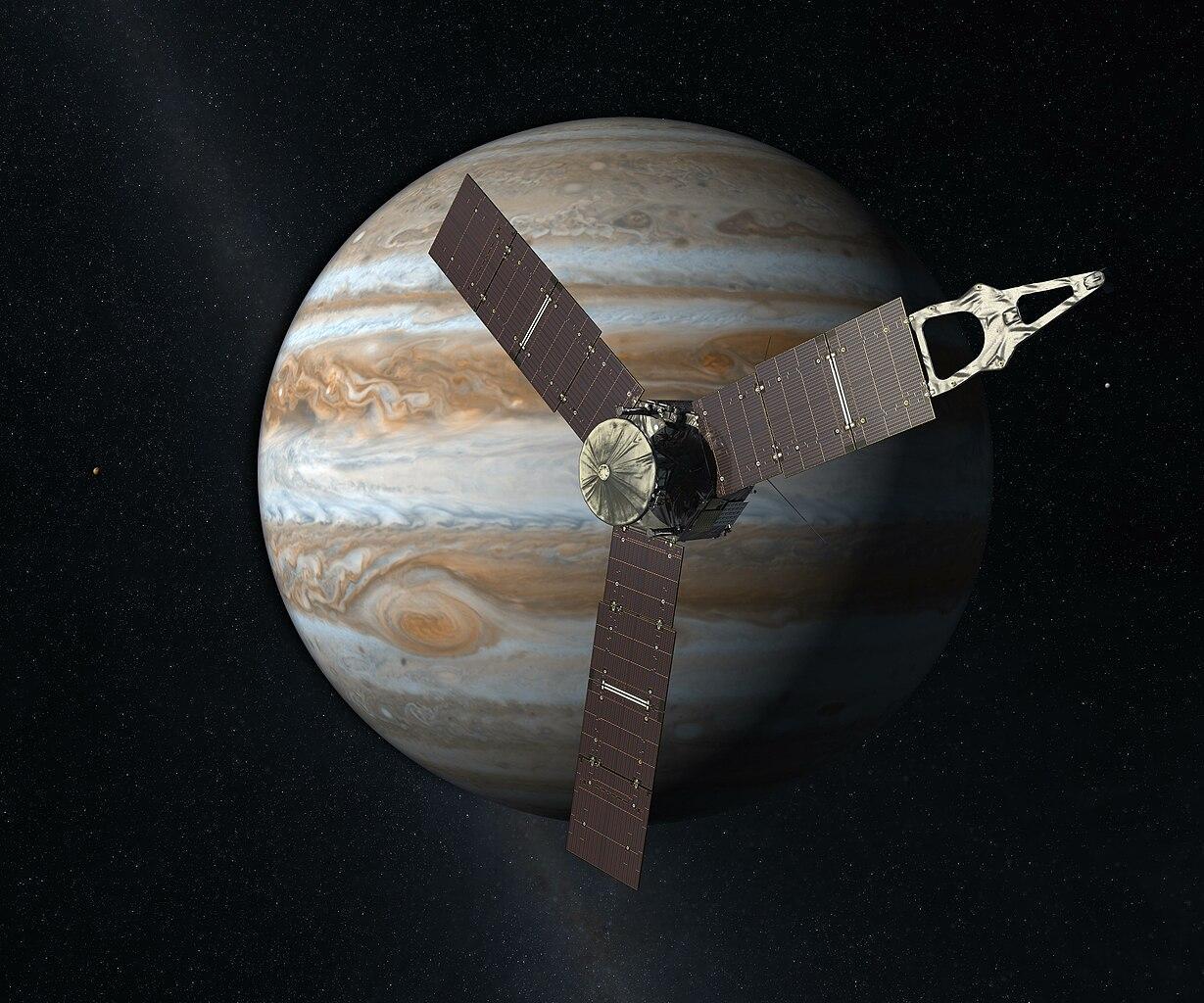
Source: Wikimedia
The data, transmitted via NASA’s Deep Space Network, offers a closer look at the planet’s volcanic moon, Io.
Citizen Scientists and JunoCam
Juno’s mission uniquely involves citizen scientists who process raw images from JunoCam.
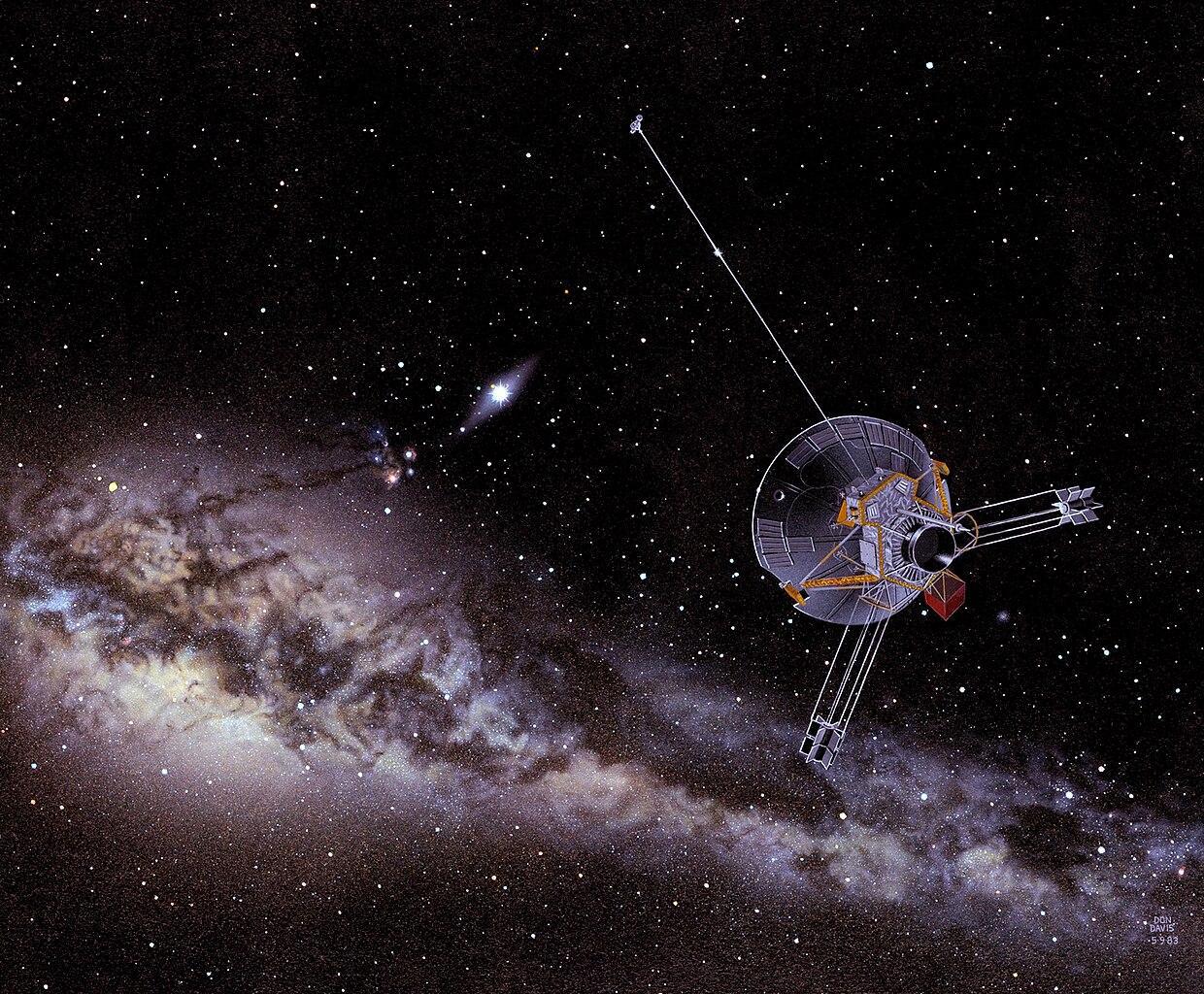
Source: Wikimedia
This collaborative approach has led to vibrant, detailed visuals shared globally.
The Volcanic Activity on Io
One of the most exciting images shows a sulfurous plume on Io, reaching hundreds of miles into space.

Source: Toby Elliott/Unsplash
This volcanic moon experiences intense gravitational interactions, driving its continuous eruptions.
Io’s Lava Lakes
Io, the most volcanic body in the solar system, boasts numerous lava lakes.
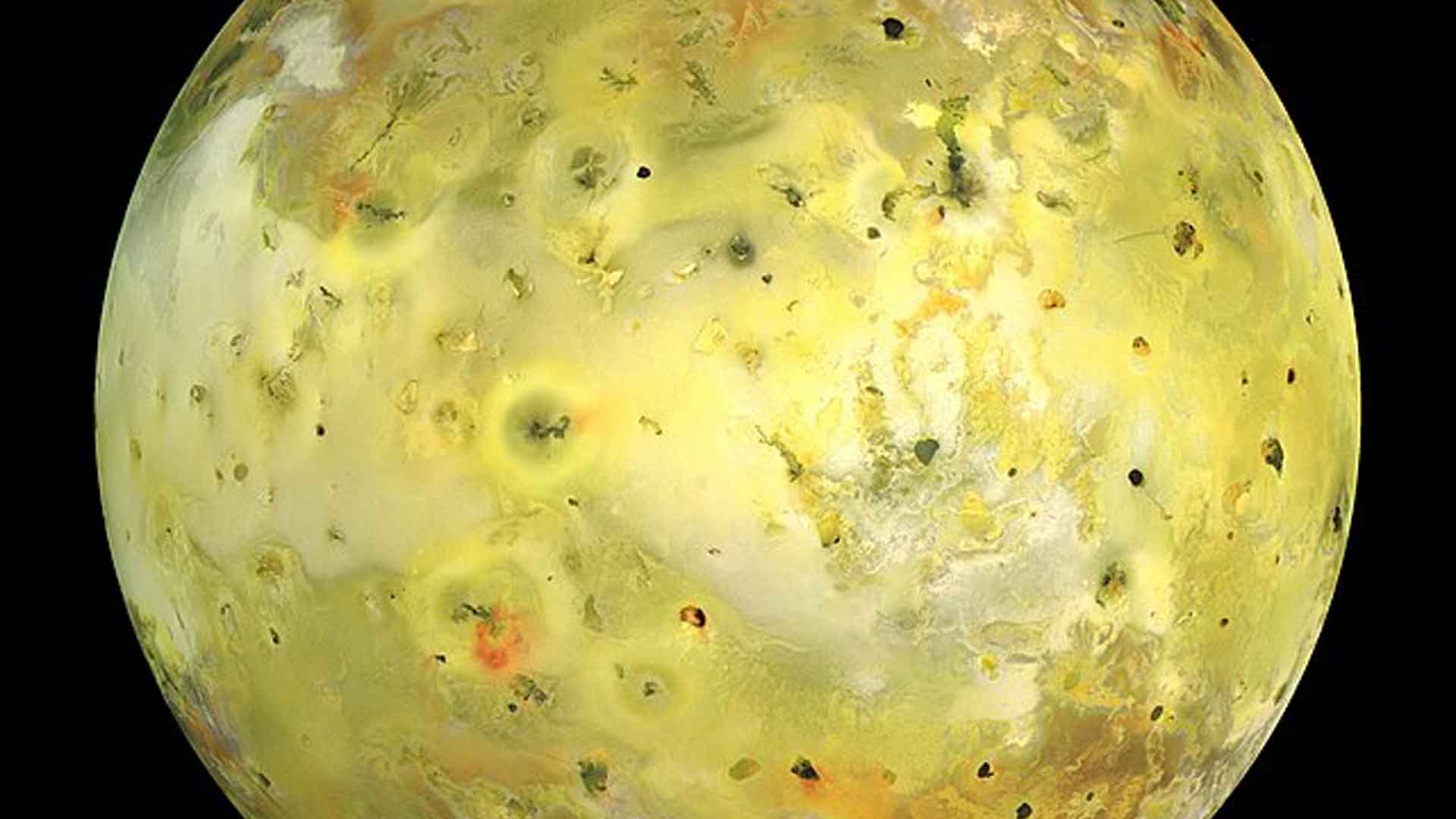
Source: NASA / JPL / University of Arizona/Wikimedia Commons
These lakes are caused by frictional heat from gravitational forces, making Io a fascinating subject for scientists.
Juno’s Scientific Instruments
Juno carries 11 science instruments to study Jupiter and its moons.
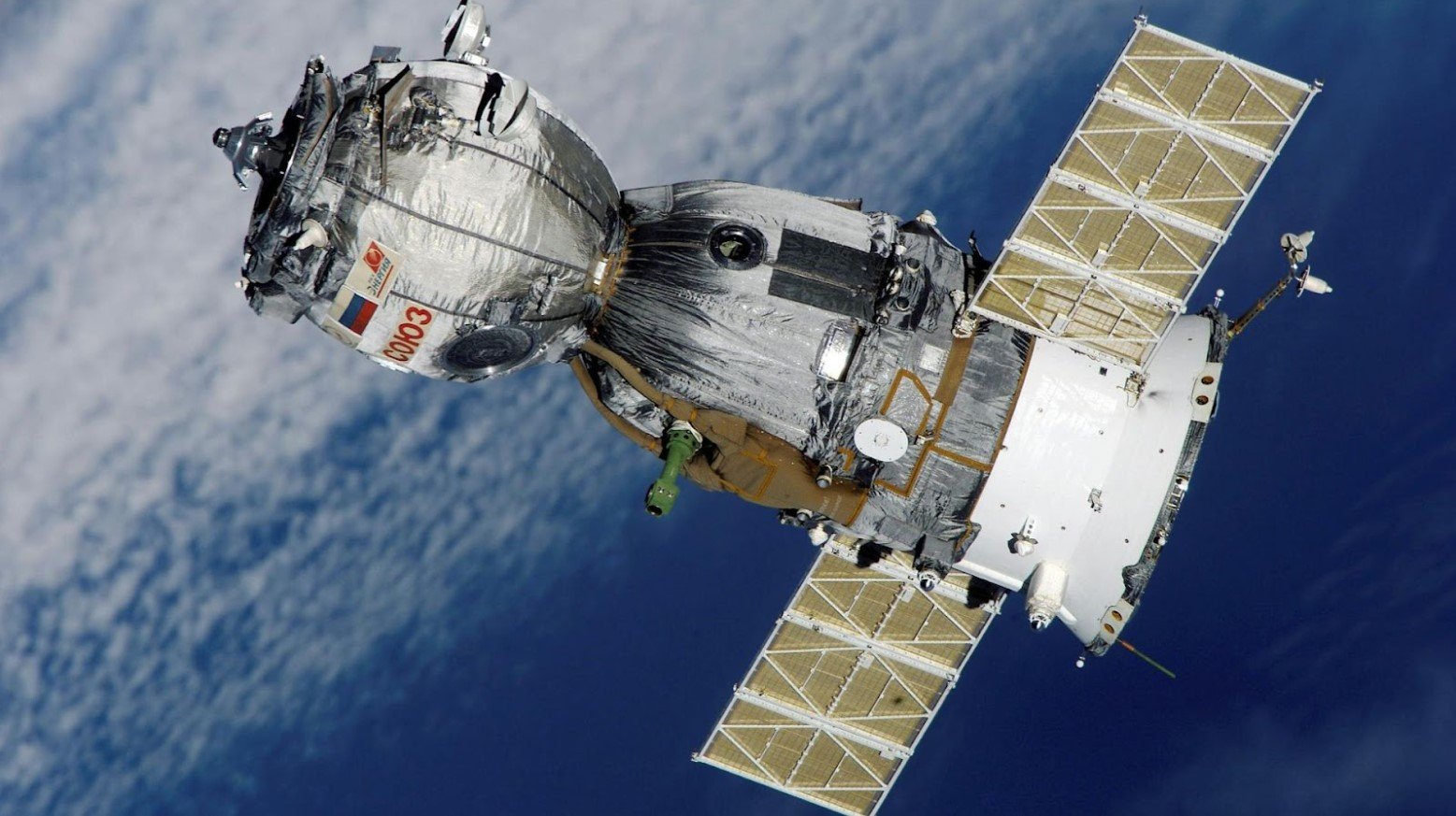
Source: Pixabay/Pexels
These tools have revealed massive storms, a chaotic magnetic field, and deep atmospheric bands, enhancing our understanding of the gas giant.
Discoveries About Jupiter’s Core
Juno’s data suggests that Jupiter’s core is actually larger than previously thought.

Source: Wikimedia
This finding has significant implications for our knowledge of the planet’s formation and structure.
Europa, Ganymede, and Callisto
Juno has captured stunning images of Jupiter’s moons Europa and Ganymede.
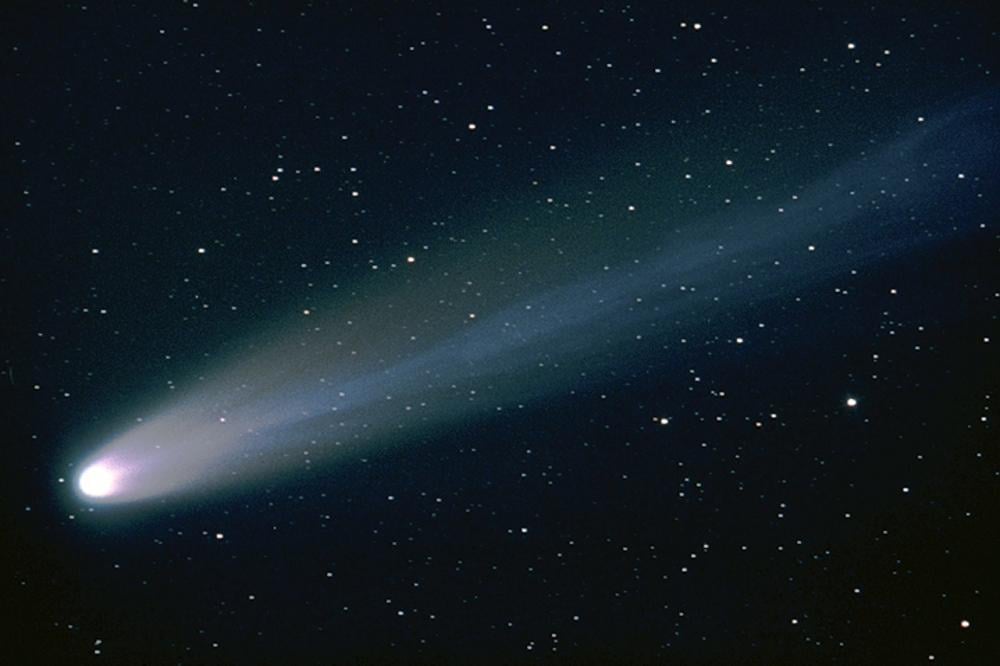
Source: Wikimedia
However, its orbit has limited close encounters with Callisto, which will be explored in future missions.
Future Missions to Jupiter’s Moons
NASA’s Europa Clipper and the European Space Agency’s JUICE mission are set to explore Jupiter’s moons in the early 2030s.
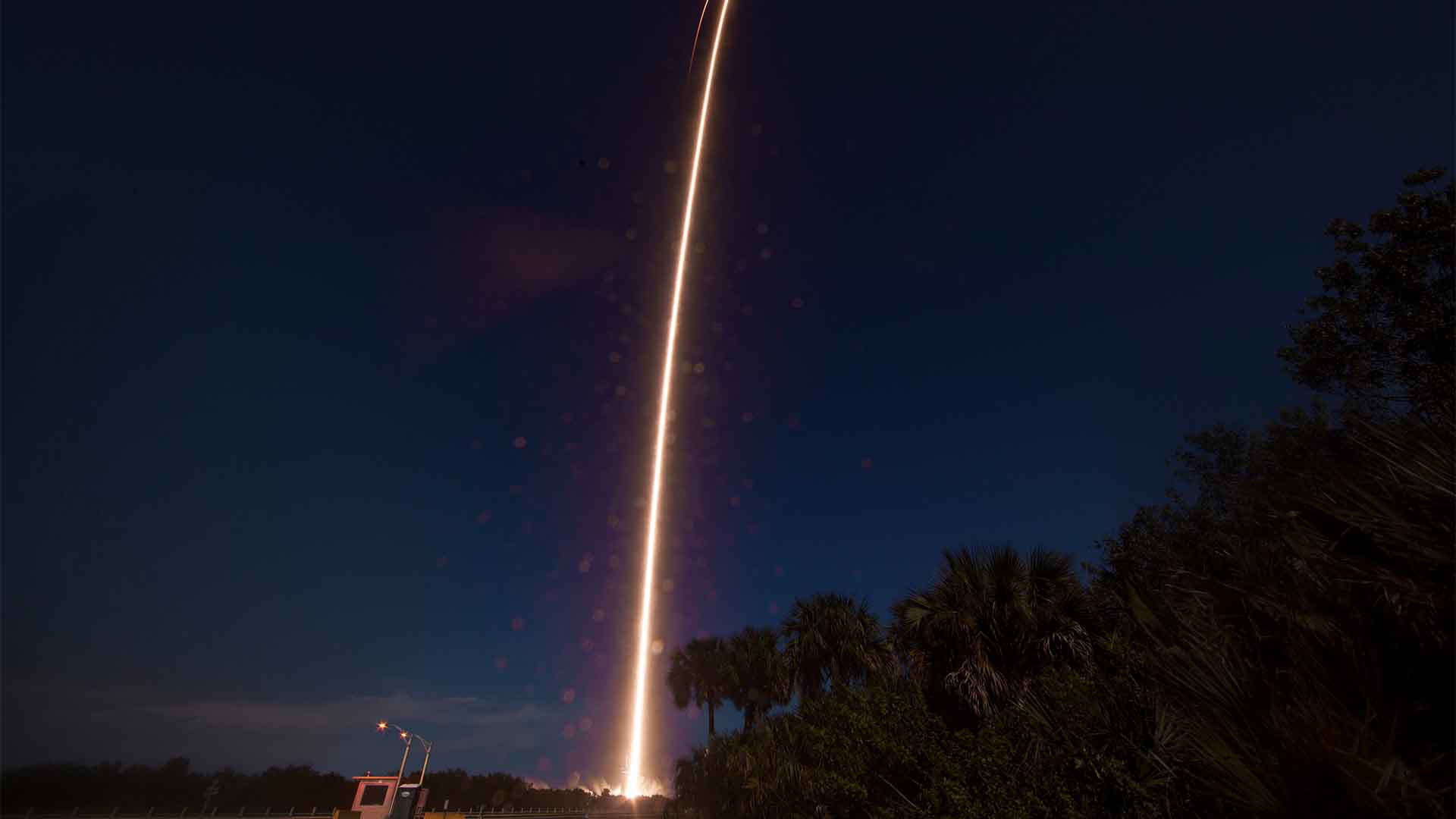
Source: Aubrey Gemignani/NASA via Getty Images
These missions will provide more detailed studies of Europa and Callisto, continuing Juno’s legacy.
Juno’s Upcoming Perijove
Juno’s next close flyby, or perijove, is scheduled for July 17.
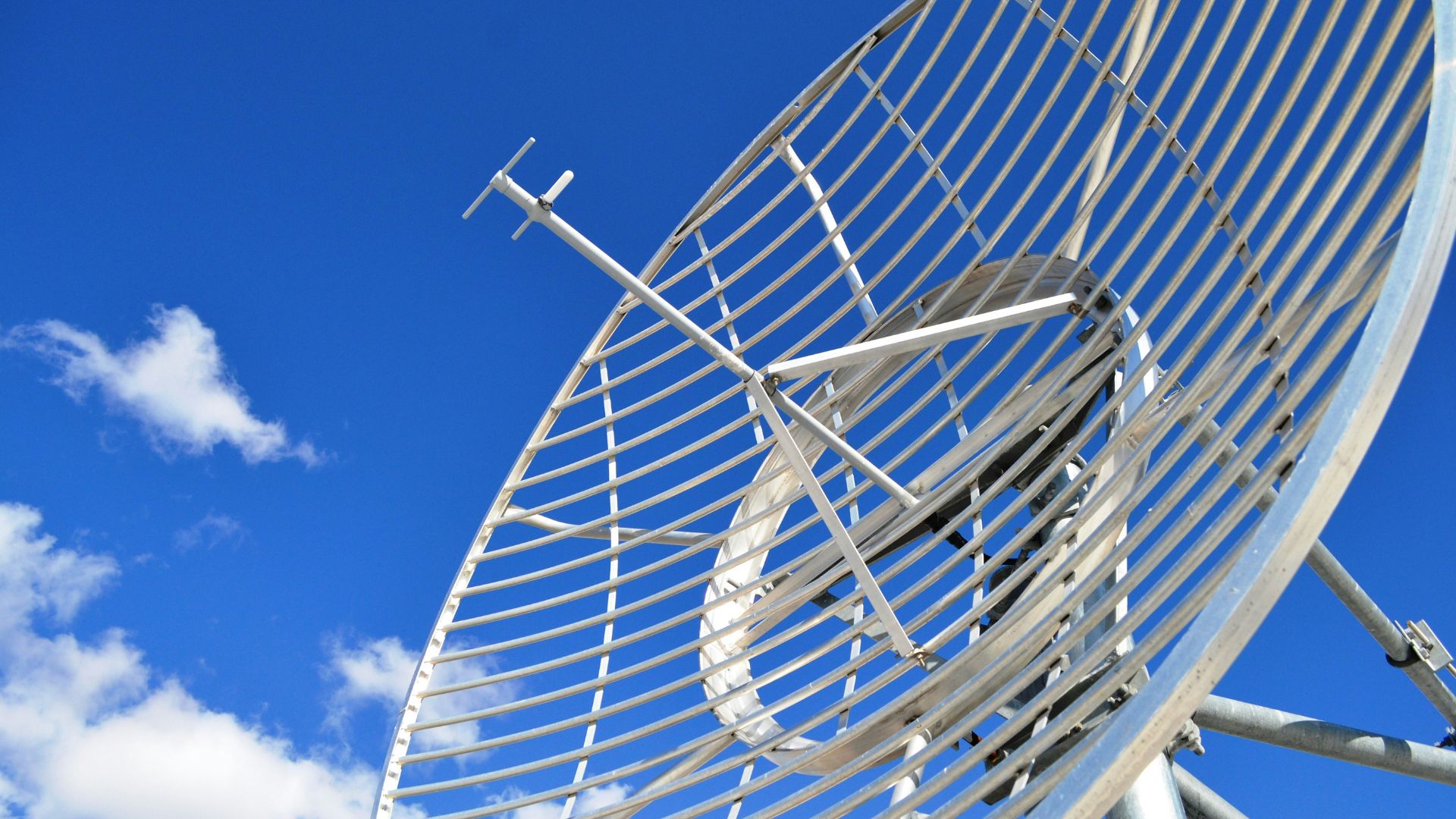
Source: Chris DeRoin/Unsplash
Each perijove offers a unique opportunity to gather more data and images from Jupiter and its moons.
The End of Juno’s Mission
Juno’s mission will conclude on September 15, 2025, with a planned “death dive” into Jupiter.
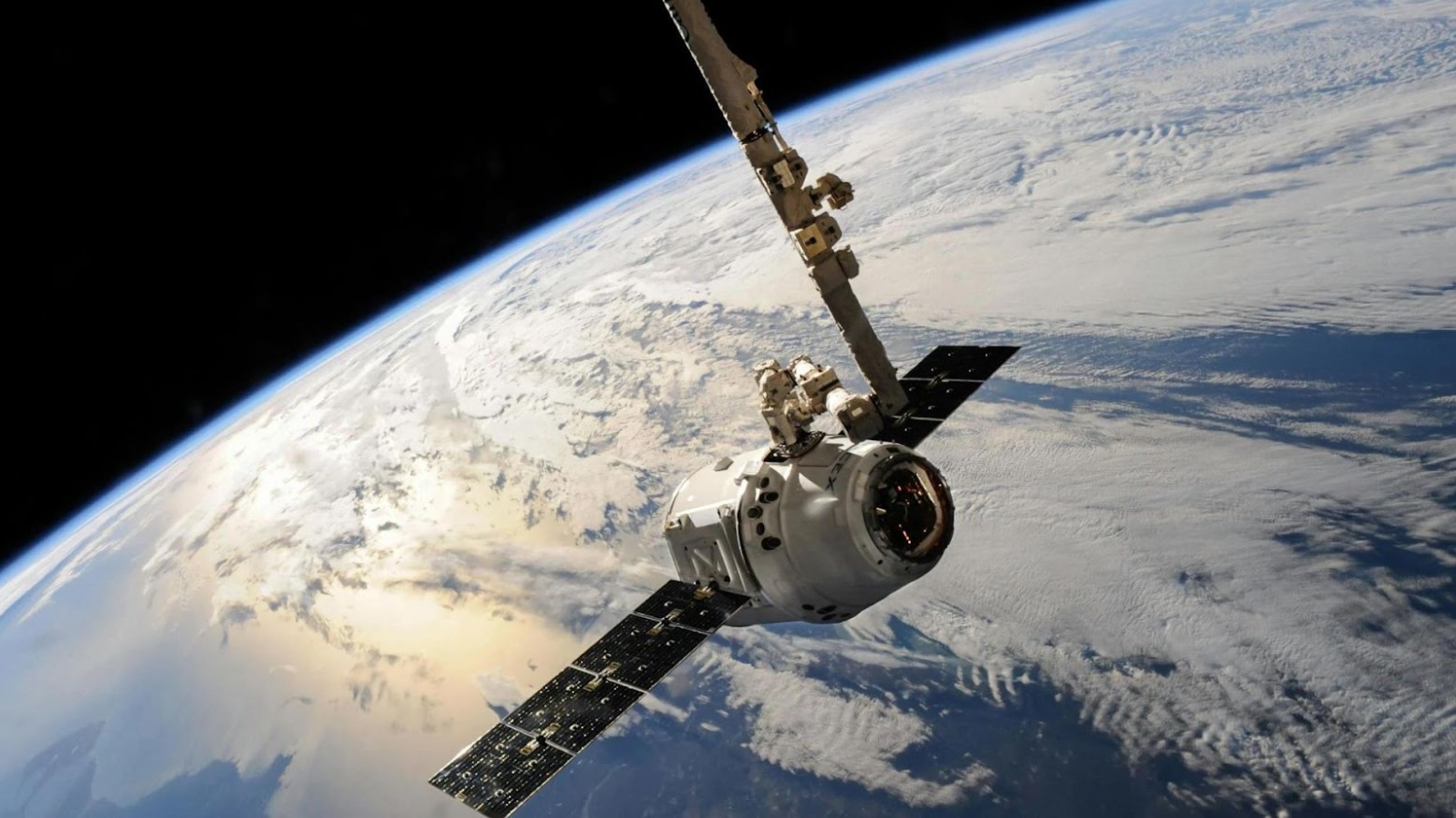
Source: SpaceX/Pexels
This maneuver will prevent contamination of the planet’s moons, preserving them for future study.
The Legacy of Juno
As Juno’s mission nears its end, the wealth of data and images it has provided will continue to inform and inspire.
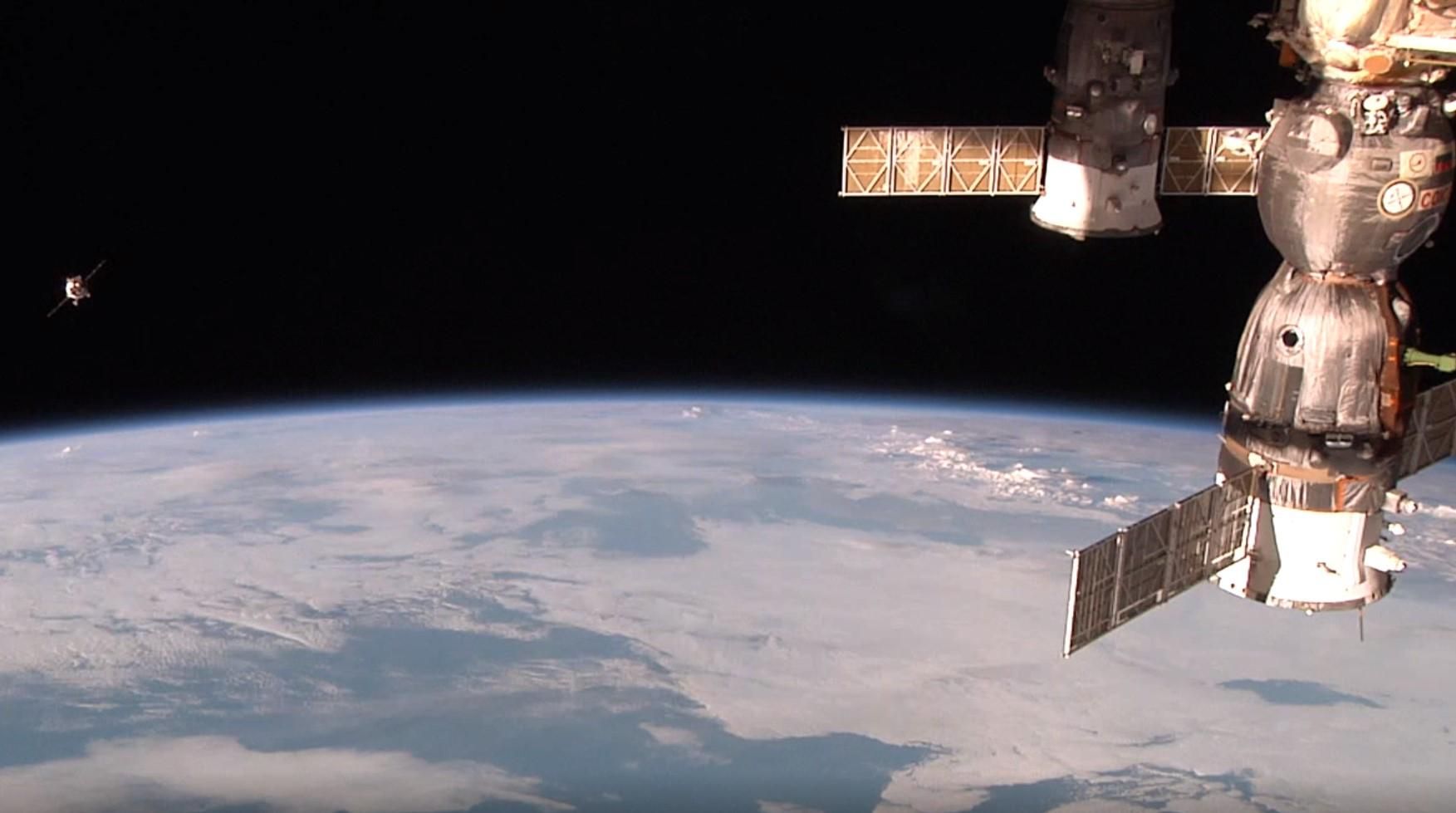
Source: NASA
The spacecraft’s contributions have significantly advanced our understanding of Jupiter and its dynamic system.
